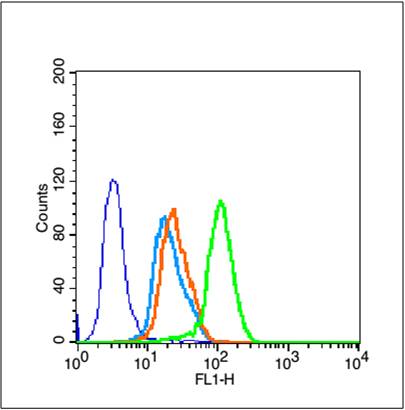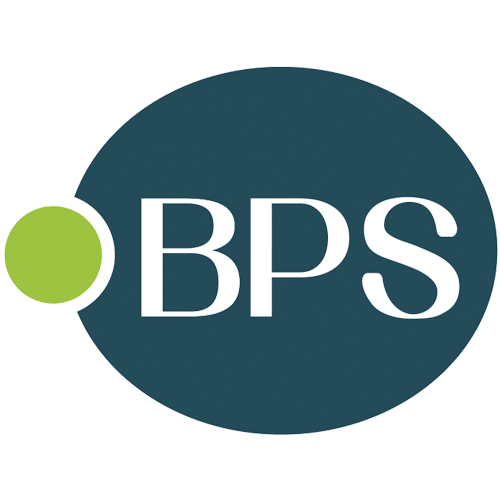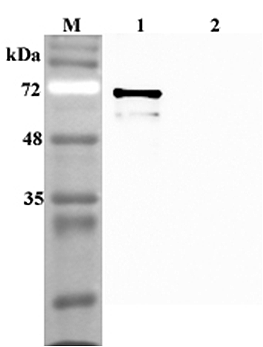SIRT1 antibody
GTX134606
ApplicationsImmunoFluorescence, Western Blot, ImmunoCytoChemistry, ImmunoHistoChemistry, ImmunoHistoChemistry Paraffin
Product group Antibodies
TargetSIRT1
Overview
- SupplierGeneTex
- Product NameSIRT1 antibody
- Delivery Days Customer9
- Application Supplier NoteWB: 1:1000. *Optimal dilutions/concentrations should be determined by the researcher.Not tested in other applications.
- ApplicationsImmunoFluorescence, Western Blot, ImmunoCytoChemistry, ImmunoHistoChemistry, ImmunoHistoChemistry Paraffin
- CertificationResearch Use Only
- ClonalityPolyclonal
- Concentration0.16 mg/ml
- ConjugateUnconjugated
- Gene ID23411
- Target nameSIRT1
- Target descriptionsirtuin 1
- Target synonymsSIR2, SIR2L1, SIR2alpha, NAD-dependent protein deacetylase sirtuin-1, NAD-dependent protein deacylase sirtuin-1, SIR2-like protein 1, regulatory protein SIR2 homolog 1, sirtuin type 1
- HostRabbit
- IsotypeIgG
- Protein IDQ96EB6
- Protein NameNAD-dependent protein deacetylase sirtuin-1
- Scientific DescriptionThis gene encodes a member of the sirtuin family of proteins, homologs to the yeast Sir2 protein. Members of the sirtuin family are characterized by a sirtuin core domain and grouped into four classes. The functions of human sirtuins have not yet been determined; however, yeast sirtuin proteins are known to regulate epigenetic gene silencing and suppress recombination of rDNA. Studies suggest that the human sirtuins may function as intracellular regulatory proteins with mono-ADP-ribosyltransferase activity. The protein encoded by this gene is included in class I of the sirtuin family. Alternative splicing results in multiple transcript variants. [provided by RefSeq, Dec 2008]
- Storage Instruction-20°C,2°C to 8°C
- UNSPSC12352203
References
- Chien LH, Wu CT, Deng JS, et al. Salvianolic Acid C Protects against Cisplatin-Induced Acute Kidney Injury through Attenuation of Inflammation, Oxidative Stress and Apoptotic Effects and Activation of the CaMKK-AMPK-Sirt1-Associated Signaling Pathway in Mouse Models. Antioxidants (Basel). 2021,10(10). doi: 10.3390/antiox10101620Read this paper








